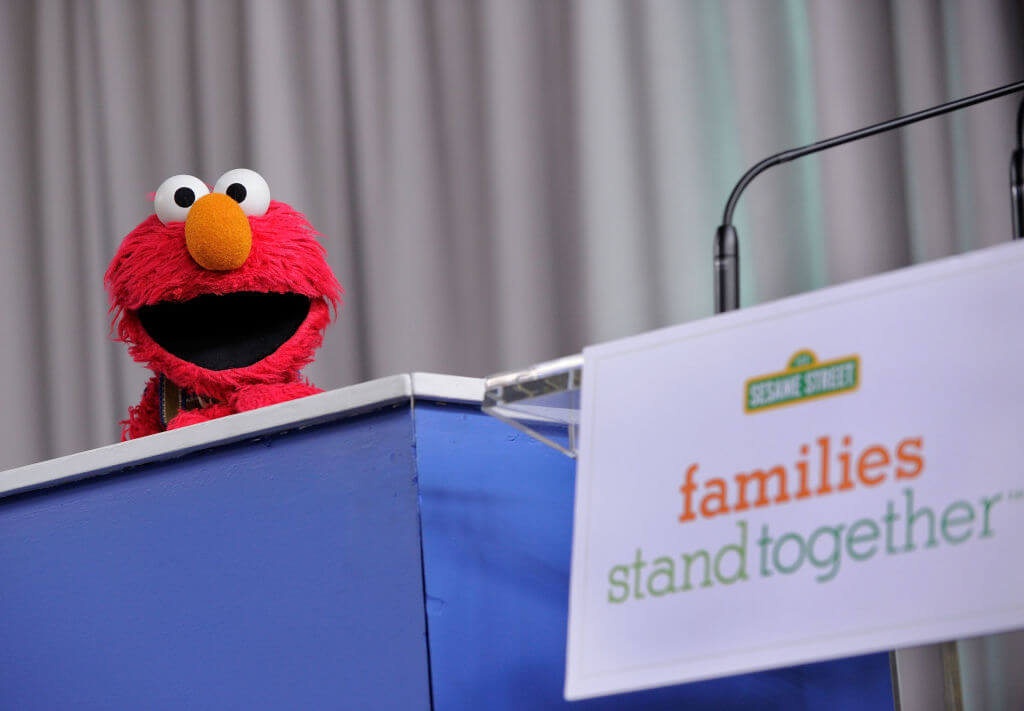A Down to Earth Philosophy
Not in the Heavens: The Tradition of Jewish Secular Thought By David Biale Princeton University Press, 272 pages, $35
There is a charming Jewish tradition of taking delight in the discovery of the hidden Jewishness of celebrities. This childishly ethnocentric, but perfectly innocuous, enchantment with uncovering the Jewish origins of the famous and fabulous was brilliantly parodied decades ago in the song “Would You Believe It?” chanted by Phil Leeds on the aptly named 1966 album, “When You’re in Love, the Whole World Is Jewish.” A half century later, Adam Sandler, in hilarious testimony to the continued attraction of this variety of Jewish ethnic insecurity, blessed us with “The Chanukah Song.”
I was reminded of these lampoons while trying to pin down the purpose behind scholar David Biale’s latest book, “Not in the Heavens: The Tradition of Jewish Secular Thought.” This thin, overly ambitious volume advances the thesis that there has long existed a “tradition” of secular Jewish thinking, one stretching from the Bible to Chaim Nachman Bialik and, of course, to Biale himself. Indeed, Biale has a Sandler-like knack for finding secular Jews just about everywhere he looks.
Biale begins by offering a general argument about the nature of Jewish secularism: namely, that it is not divorced from the Jewish religious tradition that it opposes, and that, paradoxically enough, it emerges directly from that tradition. As he states at the very outset, “I want to argue that Jewish secularism was a revolt grounded in the tradition it rejected.” He buttresses this claim by “finding” in the classical texts of the Jewish religion — beginning with nothing less than the Torah — the seeds that eventually gave birth to the “tradition” of Jewish secularism. Biale asserts that by banishing physical idols from the earth, and insisting on a single and invisible heavenly God, “monotheism dissolves the unity of the world into oppositions: God versus the world… the sensible versus the intelligible… in this way, the modern dichotomy of ‘secular’ versus ‘religion’ is itself a product of religion.”
Having argued for the notion that the primary sources of the Jewish religion are equally the sources of Jewish secularism’s denial of that religion (a tautology, as any rejection of earlier systems of thought must by definition begin with debunking the object of their criticism), Biale proceeds to document, with a dizzying array of examples, that “Jewish secularism is a tradition that has its own characteristics grounded in its pre-modern sources.” After the Bible, Biale turns to the Talmud, from whose vast sea he plucks but a single source: the endlessly cited culmination of the debate about the Oven of Akhnai.
In this story, R. Eliezer, finding himself in lone dissent with the other rabbis about the purification of an oven, rallies all sorts of miracles to impress his interlocutors, none of which is acceptable in legal discourse, talmudic or otherwise. Finally, in frustration, he insists that a heavenly voice proclaim that his is the correct opinion; and sure enough, it does — adding for good measure that the Halacha is always in accordance with R. Eliezer. The rabbis rebuff this divine intervention by reminding the heavenly voice of the Torah’s verse that it (meaning the Torah) is “not in heaven” and that it teaches that one must “follow the majority.”
Biale sees here a dramatic instance of early rabbinical secularism, characterizing the rabbis’ rejection of supernatural feats and heavenly interventions, on jurisprudential grounds, as much more than it is, namely an insistence on these rabbis’ legislative autonomy and authority over that of prophets and wonder-workers. He ludicrously characterizes the story as “evidence of a rabbinic declaration of independence from God.”
Although Biale admits that this story does not indicate that the rabbis were direct precursors of secularism, he argues that “it is a symptom of a certain mentality, a willingness to stake out an independence from scripture even in the thick of a traditional culture.” Of course, the story testifies to the very opposite of any “independence from scripture,” showing rather a passionately religious dedication to its human interpretation, which was the rabbis’ full-time occupation.
From these fundamentally flawed analyses of the secular potentialities of the Bible and Talmud, Biale moves to medieval Jewish mystical and philosophical traditions, and from there, speedily to the 19th and early 20th centuries. It is nothing short of breathtaking that in fewer than 200 pages, Biale avers to treat, among others, such luminaries as Maimonides, Abraham Ibn Ezra, Solomon Ibn Gabirol, Baruch Spinoza, Moses Mendelssohn, Heinrich Heine, Peretz Smolenskin, Moshe Leib Lilienblum, Micha Yosef Berdichevsky, Aaron David Gordon, Ahad Ha-Am, Theodor Herzl, Bialik, Max Nordau, Sigmund Freud, Karl Marx, David Ben-Gurion, Zev Jabotinsky, Yosef Haim Brenner, Simon Dubnow, Chaim Zhitlovsky, Bernard Lazare, Emma Lazarus, Hannah Arendt, Horace Kallen, Gershom Scholem, Mordecai Kaplan, Tony Kushner, Shalom Auslander and Nathan Englander. Culling from the writings of these many Jewish thinkers, Biale constructs a kaleidoscope of Jewish intellectuals who collectively constitute an imagined “tradition of secular Jewish thought.”
The scope of Biale’s agenda becomes crystal clear in the book’s closing chapter, with this striking affirmation: “The majority of the Jews in the world today are, in some sense, secular. They either doubt the existence of God or consider the question superfluous. They believe in the separation of religion from the state. Even Orthodox Jews outside the State of Israel [are] religious in private, [but] they are secular in public.”
If, in calling them secular, Biale means that Orthodox Jews exist in the world, requiring food and air and a livelihood — among many other “secular” things — by which to live, no one would argue. But before, and after, eating and drinking, they pause to thank God; they precede their breakfasts with Shacharit, the morning prayers service, and interrupt their workday for Mincha; their worldly, not exactly secular hopes and expectations are hedged in with the ubiquitous baruch hashems and im yirtseh hashems. It’s difficult to reconcile Biale’s description with the divinely saturated speech of their allegedly secular public lives.
Of all the many thinkers Biale treats, the figure of Spinoza unsurprisingly looms largest over his book. Biale joins the ranks of the secular Jewish romancers of Spinoza from the past two centuries — those who, despite all the evidence of his complete break with Judaism, insist on reclaiming him for the pantheon of Jewish philosophers. Biale notes hopefully: “In preaching the intellectual love of God, [Spinoza] was translating into philosophical terms that most traditional of Jewish virtues: ahavat ha-shem (the love of God). He revolted against the Jewish religion, but ended up close to home.”
In fact, Spinoza literally ended up about as far “from home” as can be imagined, buried in the cemetery of a Dutch Reform Church; and the God whom he loved, namely Nature, shared absolutely not a whit with “ha-shem” of traditional Jewish devotion.
Yet Biale persists, extending his inaccuracies about Spinoza’s rootedness in the Jewish tradition to his many secular disciples:
Maimon, Heine, Freud, Einstein and Strauss… all represent versions of Jewish Spinozism…. The influence of Spinoza was so great that many of the most articulate and enduring of Jewish secular thinkers became equally God-intoxicated. Their alternative to the God of the Bible may have been Maimonidean, Spinozistic, Kabbalistic or pagan, but each of these choices reinterpreted traditional theology so as to bring the divine down to earth… to declare that their Judaism was “not in the heavens.
As it happens, Maimonides did the very opposite of bringing “the divine down to earth,” but this is a mere quibble when compared with the way Biale dissolves all meaningful philosophical differences — and these were many and weighty — between Maimonides and Spinoza. While acknowledging that “Maimonides stood for everything Spinoza rejected,” Biale somehow couples this admission with the paradoxical assertion that “the two were at once diametrical opposites, but also dialectical twins, just similar enough to be two sides of the same coin.” Never mind the simple fact that Spinoza’s central agenda was utterly to demolish the scholastic enterprise of harmonizing reason with revelation and science with Scripture, a synthesis that is at the very heart of Maimonides’s philosophy.
Employing the same reasoning that allows him to twin Maimonides and Spinoza, Biale connects the tradition-soaked Bialik to the overtly radical heretic Micha Yosef Berdichevsky and the pagan poet Shaul Tchernichovsky. The problem with Biale’s brief, and highly skewed, presentations of thinkers like Bialik, Ahad Ha’am and Ben-Gurion is that it was Zionism, not “secularism” per se, that was their ideological passion; secularism was no more than an underlying condition of that Zionism, one with which many of them, none more than Bialik, struggled mightily.
To the extent that there ever was a coherent ideology of Jewish secularism, it could be found among many Eastern European Yiddishist immigrants to America, and it didn’t outlive their children. Ideologies ranging from Bundism, communism, left-wing Labor Zionism, anarchism, territorialism and so forth had no relevance in the new American context, so all that was left was the shared veltlikhkeyt — literally, worldliness — which is to say secularism. Ironically enough, for all its scope, aside from a short and unsatisfying discussion of Chaim Zhitlovsky, the founding father of secular Yiddishism, this truly secular group of Jewish intellectuals is entirely absent from Biale’s deeply flawed book.
Allan Nadler is professor of religion and director of the Jewish studies program at Drew University.





















